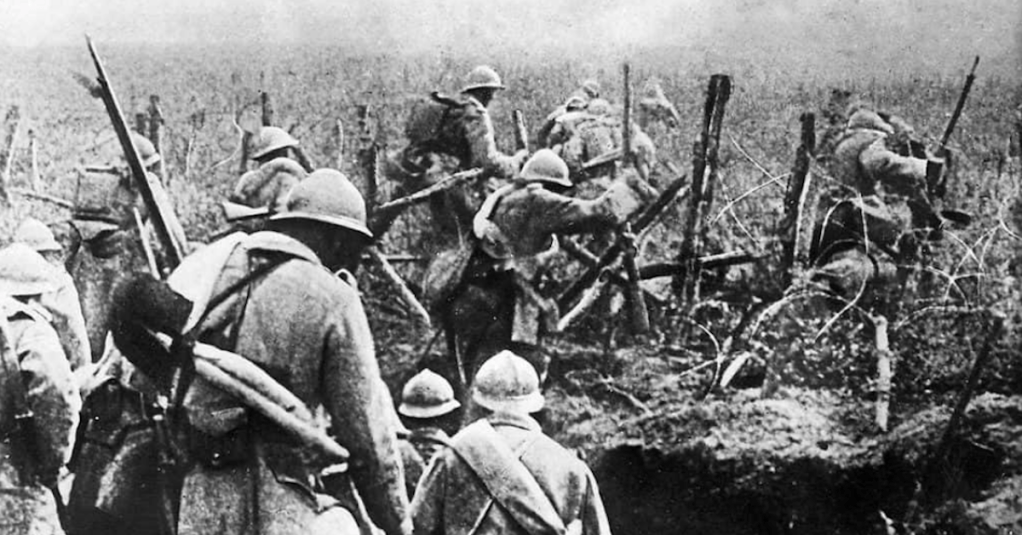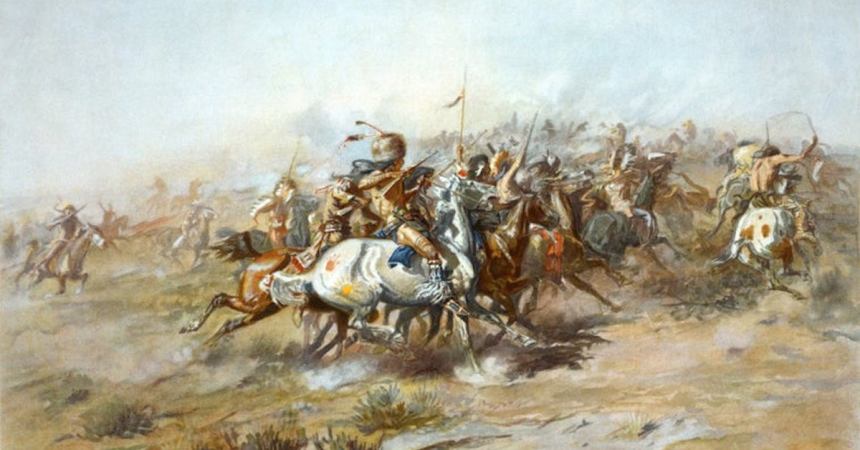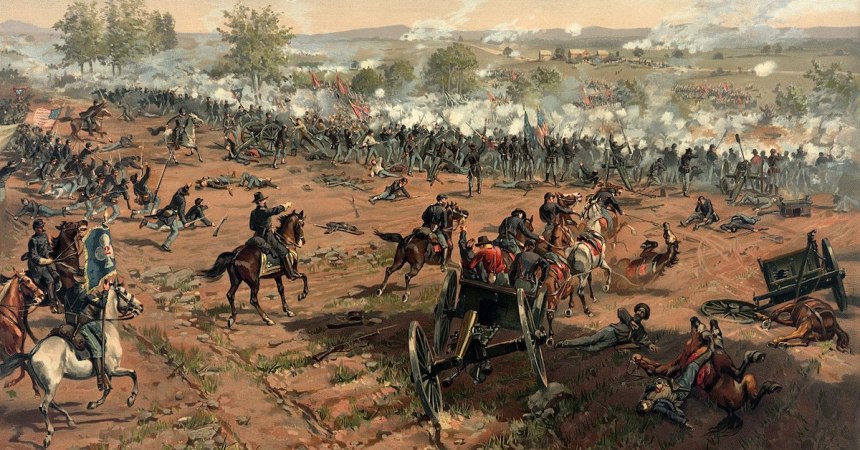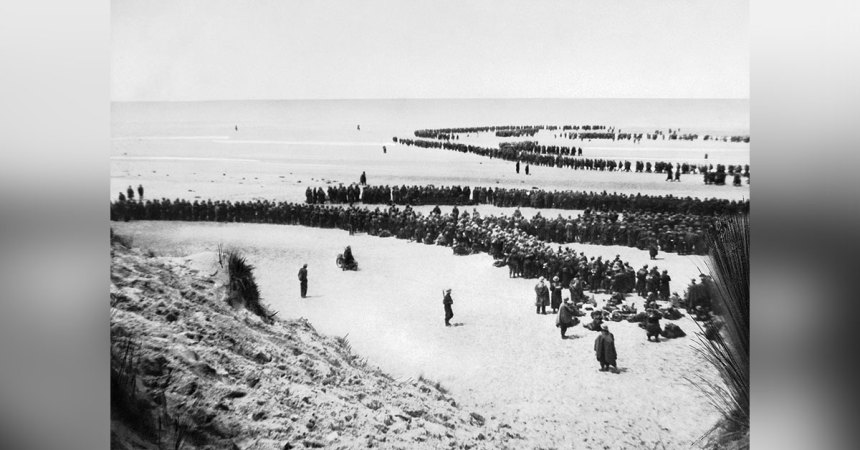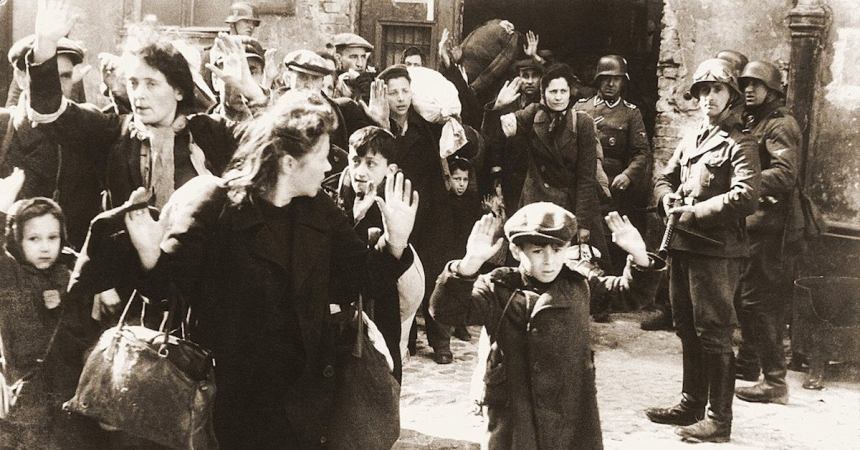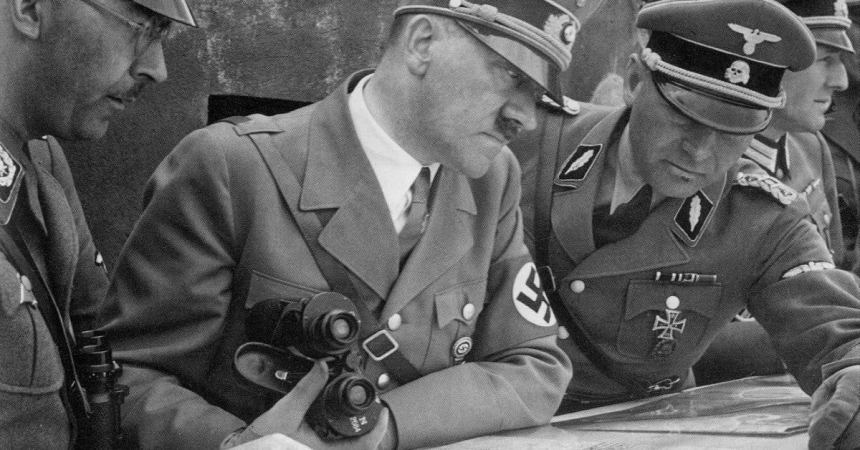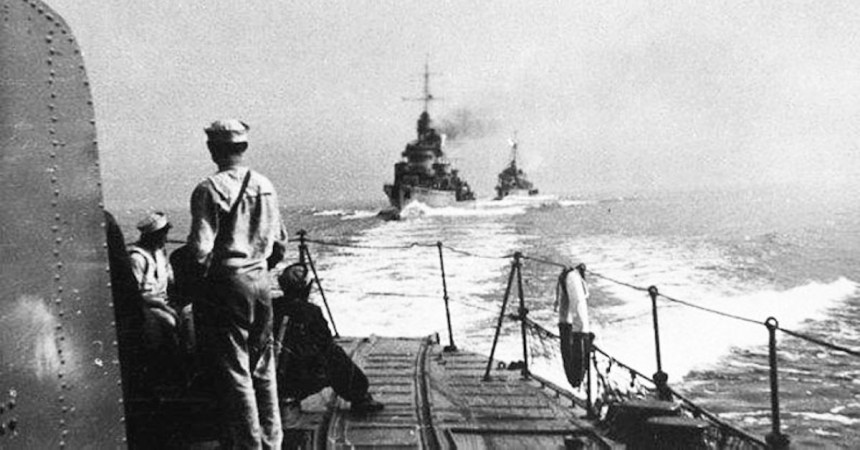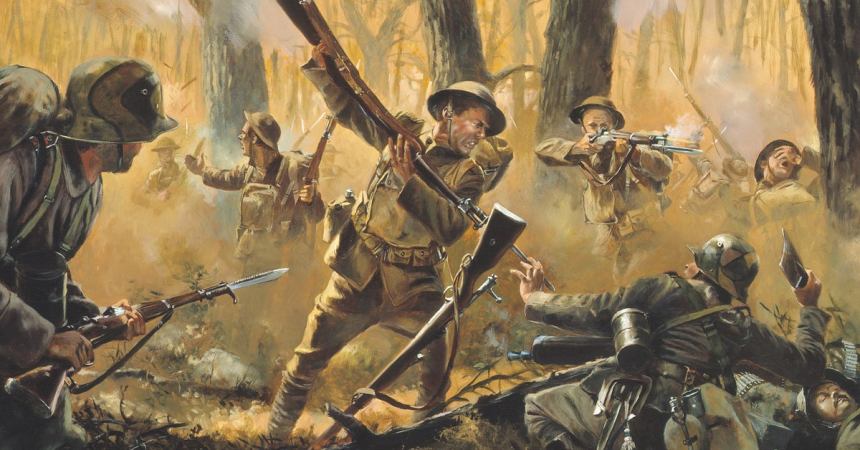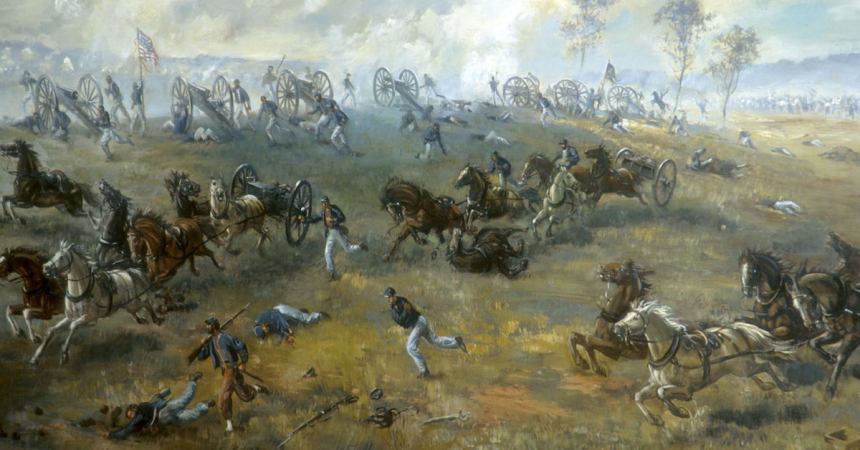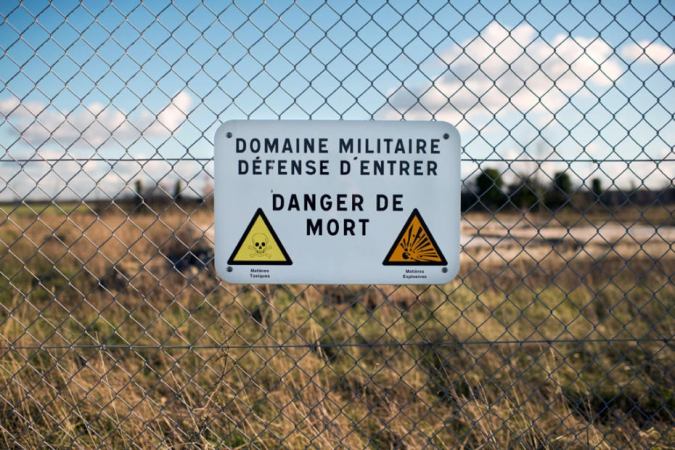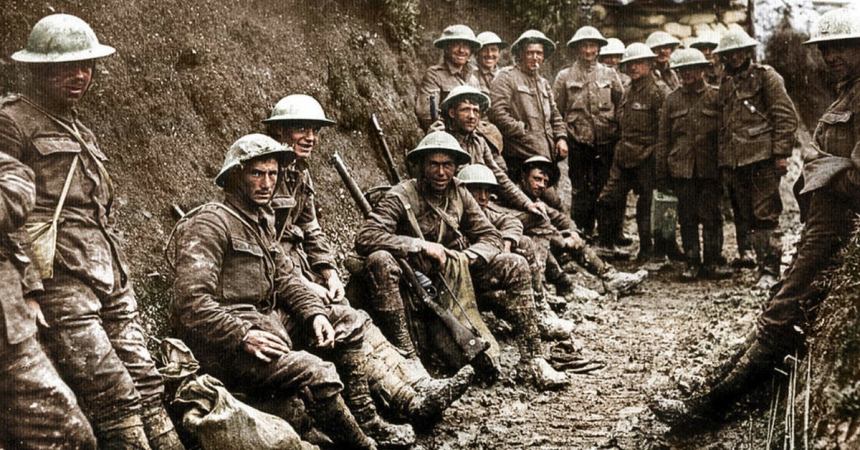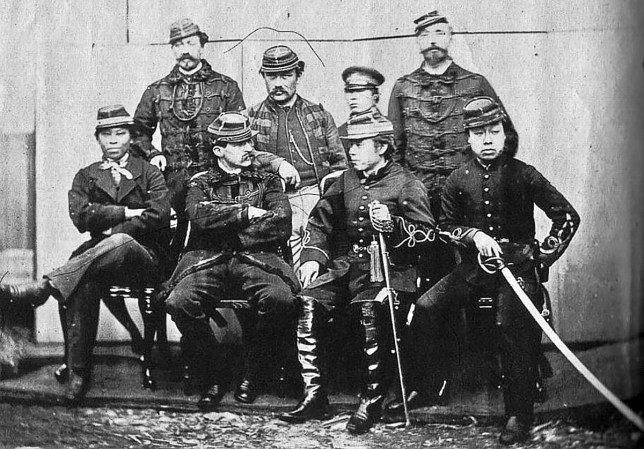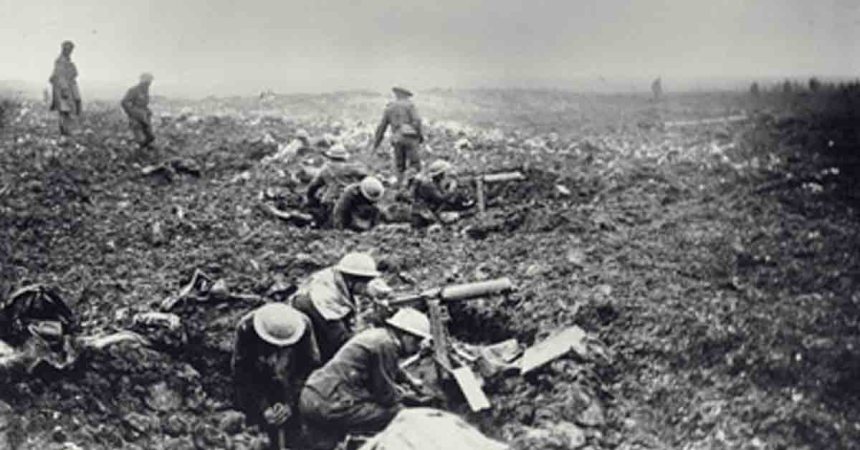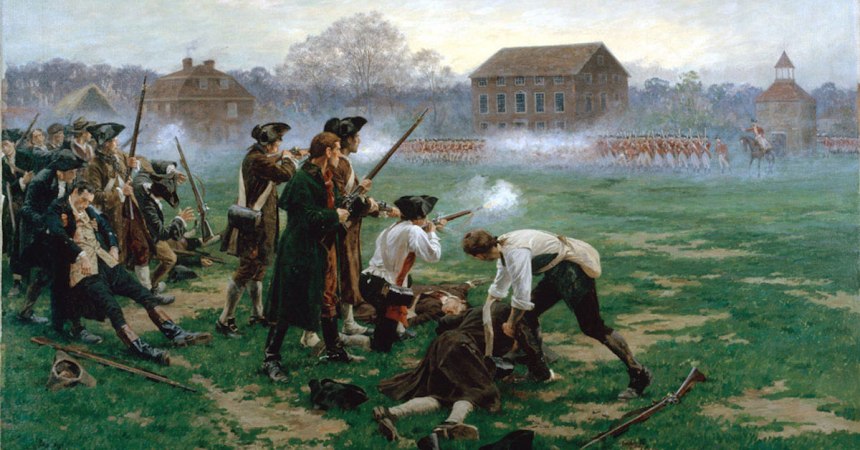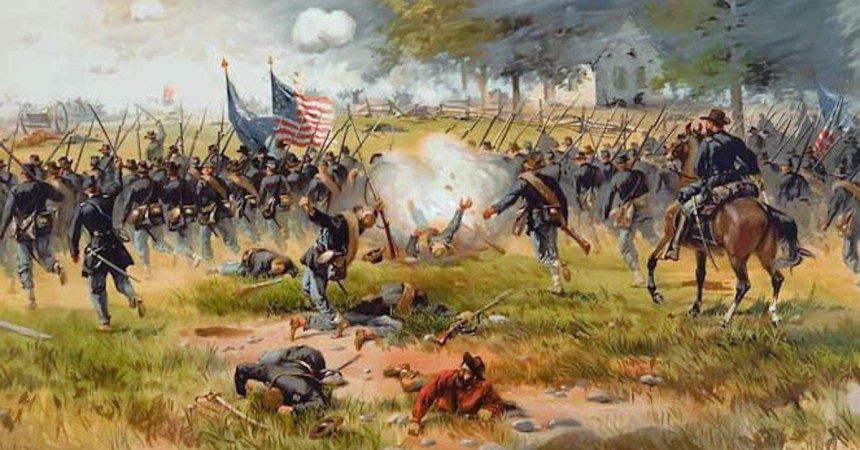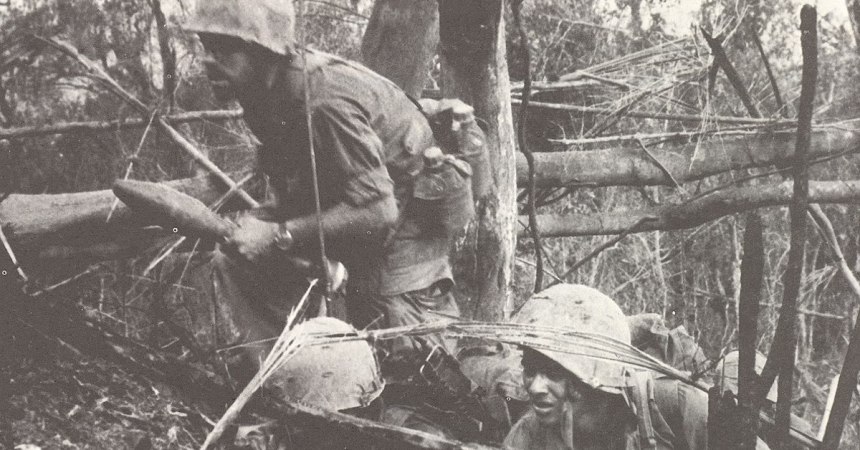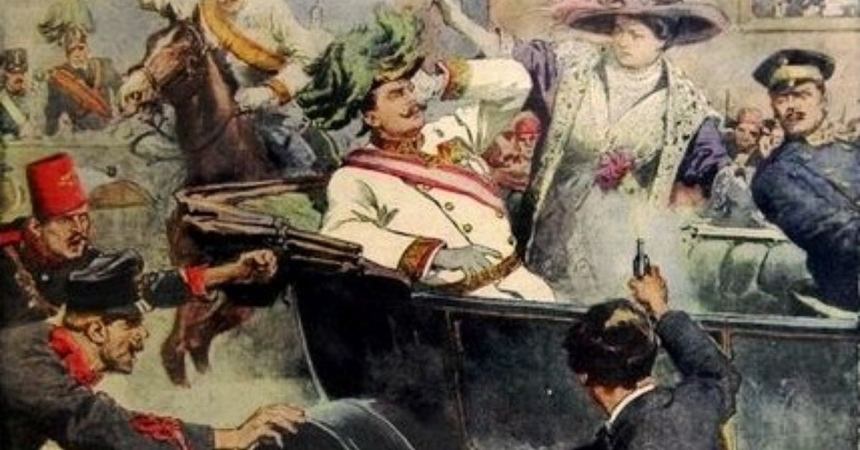On Feb. 21, 1916, the longest conflict of World War I was touched off by a German machine gun in Verdun.
It didn’t take long for World War I in Europe to get bogged down in brutal trench warfare. But the German were determined to crush the French Army – and believed they could do it in one fell swoop. They believed it was a Verdun that France would crumble and the British would leave the war.
Verdun was a fortress. And for ten months German and allied forces fought it out along a 20-kilmoeter front that spanned across the Meuse River.
Though the initial attack on Feb. 21 caught the French by surprise, they dug in. Both sides suffered heavy casualties. Germans lost 137,000 men and the French lost more than 162,000, for little to no gain on either side.

During the battle, which lasted over 300 days in 1916, more than 60 million artillery shells were fired by both sides – many containing poisonous gases. These massive bombardments and the brutal fighting inflicted horrifying casualties, over 600,000 at Verdun and over 1 million at the Somme. But the most dangerous remnants of these battles are the unexploded ordnance littering the battlefield.
Immediately after the war, the French government quarantined much of the land subjected to the worst of the battles. Those areas that were completely devastated and destroyed, unsafe to farm, and impossible for human habitation became the Zone Rouge. The people of this area were forced to relocate elsewhere while entire villages were wiped off the map.
Nine villages deemed unfit to be rebuilt are known today as the “villages that died for France.” Inside the Zone Rouge signs marking the locations of streets and important buildings are the only reminders that those villages ever existed.
Areas not completely devastated but heavily impacted by the war fell into other zones, Yellow and Blue. In these areas, people were allowed to return and rebuild their lives. This does not mean that the areas are completely safe, however. Every year, all along the old Western Front in France and Belgium, the population endures the “Iron Harvest” – the yearly collection of hundreds of tons of unexploded ordnance and other war materiel still buried in the ground.
Occasionally, the Iron Harvest claims casualties of its own, usually in the form of a dazed farmer and a destroyed tractor. Not all are so lucky to escape unscathed and so the French and Belgian governments still pay reparations to the “mutilée dans la guerre“– the victims of the war nearly 100 years after it ended.
To deal with the massive cleanup and unexploded ordnance issues, the French government created the Département du Déminage (Department of Demining) after World War II. To date, 630 minesweepers died while demining the zones.


